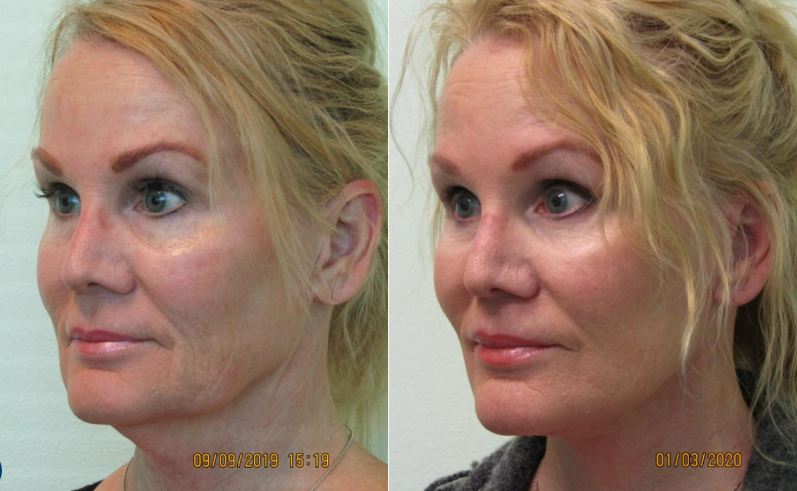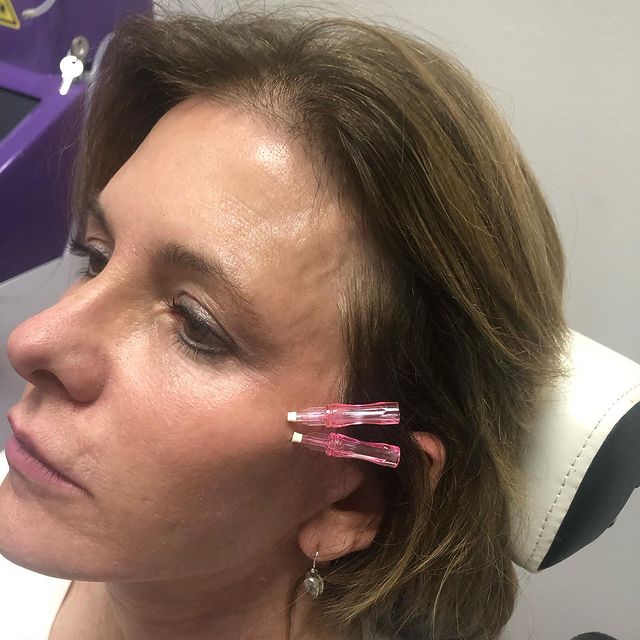
Otoplasty (or ear pinning surgery) involves the reshaping of cartilage in the ears. The procedure can correct protruding ear canals and restore balance to the facial features. It involves a small, discreet incision behind the ear, and scarring is likely to be minimal.
Reconstructive optometry
Reconstructive otoplasty costs vary depending on several factors. These factors include professional fees, material and equipment costs, and anesthesia fees. Additional expenses may be incurred by patients for prescription medication or laboratory testing. The cost of treatment can also be affected by the patient's medical condition.
Costs for otoplasty can vary depending on where it is done and whether it is done in an inpatient or outpatient setting. Most otoplasty procedures take place in a hospital setting. The hospital fees are often higher. Anesthesia costs are another important factor. The fee of an anesthesiologist may be higher or lower depending on the complexity and extent of the operation.
Minimally invasive
If your child has prominent or large ear canals, minimally invasive Otoplasty may be an option. This will decrease their exposure to schoolyard taunts. This procedure is also a great option to improve your appearance. It is an easy procedure that does not require local anesthesia.

Cost of anesthesia can vary depending on what type of procedure you are having. You should consult a CRNA (certified nurse anesthesiologist) if you're going to need general anesthesia. If you choose to undergo a minimally invasive otoplasty, it is best to seek out an accredited medical facility with highly trained and experienced staff. You should also be cautious of uncertified surgeons.
Outpatient
The average cost of otoplasty ranges from $6,750 up to $9,000, including any out-of-pocket costs. This amount may be too high for patients to afford so they may have to look into financing options. Although some practices will accept credit cards, it is important to weigh the interest rates. Your insurance provider can help you determine if your procedure will be covered.
Otoplasty is a minimally invasive procedure that can be done outpatient on children aged between four and fourteen. It can also be performed on adults who are interested in cosmetic ear surgery. The surgery will reshape and relocate prominent ears closer towards the head. The surgery can also correct deformities from birth. Anesthesia, operating room fees and costs for outpatient otoplasty are included in the cost. The average cost for an outpatient procedure is $6700 to $7,000
Coverage for insurance
While insurance coverage for otoplasty differs from one insurer to the next, it is usually available. If the patient has hearing loss or another condition that affects hearing, they will generally be covered for the procedure. Some policies will also cover cosmetic otoplasty. Before undergoing surgery, patients should check with their insurance company to determine if they are eligible for coverage.
Otoplasty, a surgical procedure used to reconstruct the ears, is called a re-shaping of the ear. This procedure is performed most often on infants, and is usually covered by general anesthesia. It is worth noting that stitches can burst and up to 20% are unsuccessful in otoplasty.

Post-operative costs
Otoplasty procedures can be expensive. Most insurance companies don't cover the cost of otoplasty. However, some practices offer payment plans to patients who are unable or unwilling to pay full price. If it is done for medical reasons, many insurance companies will cover it.
The average cost of an otoplasty procedure in the United States is about $3,000. This amount will vary depending if you have insurance. While most policies will not cover cosmetic surgery (although they may cover other procedures like congenital defect treatment), the majority of policies won't. Although it is not visible in the crease of your ear, there will be some scarring following ear surgery. There may be some asymmetry in your appearance, which can affect your appearance or cause you pain. It is normal for the surgery to cause some swelling and inflammation.